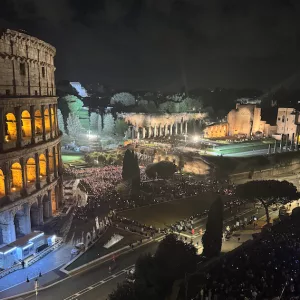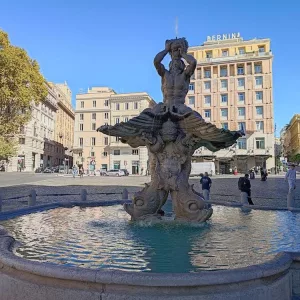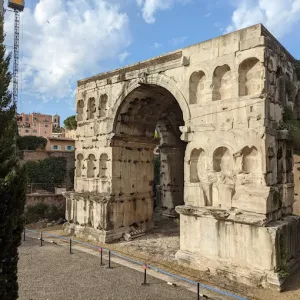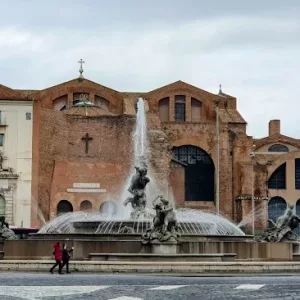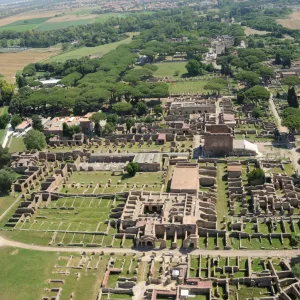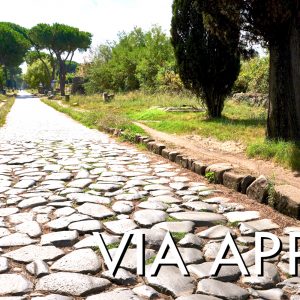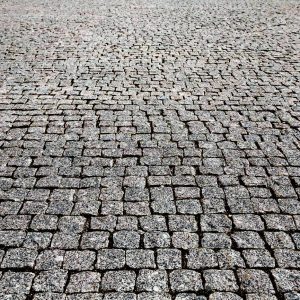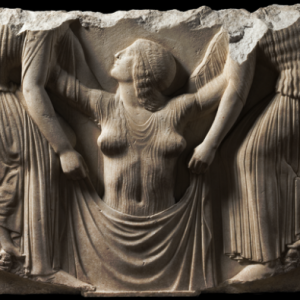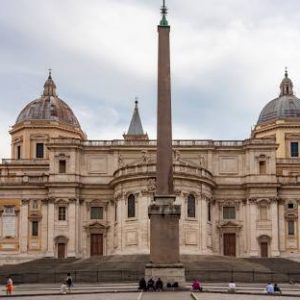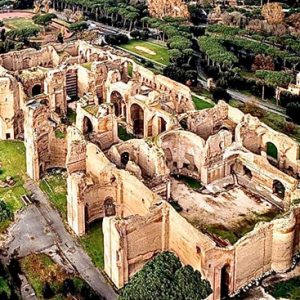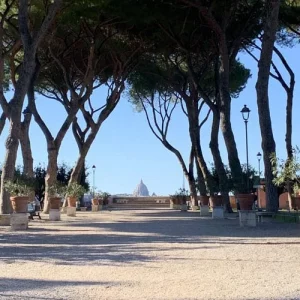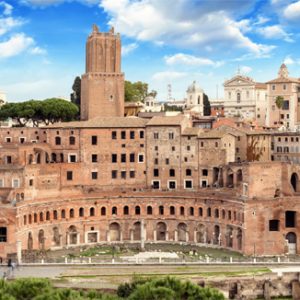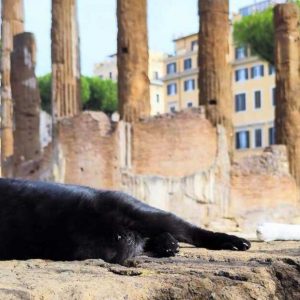Ancient Rome
-
10 Iconic Places to Visit in Rome
Rome is a city where history, art, and everyday life blend seamlessly. Walking its streets feels like stepping through thousands of years, with ancient ruins standing beside elegant piazzas, monumental churches, and lively…
-
Piazza Barberini
Piazza Barberini: A Historic Gateway to Baroque Rome Nestled in the heart of Rome, Piazza Barberini serves as a vibrant crossroads between the city’s Baroque heritage and its modern urban rhythm. Located at…
-
The Arch of Janus
The Arch of Janus: Rome’s Forgotten Gateway Between Worlds Hidden in the heart of Rome, between the Palatine and the Capitoline hills, stands a mysterious marble monument that few tourists ever notice —…
-
Santa Maria degli Angeli e dei Martiri
Santa Maria degli Angeli e dei Martiri: Where Ancient Rome Meets Michelangelo In the heart of Rome, just steps from bustling Piazza della Repubblica, stands a church unlike any other: Santa Maria degli…
-
Ostia Antica Rome
A Perfect Day Wandering Through Ostia Antica, Rome’s Forgotten Port City Just a short train ride from the chaos of central Rome lies Ostia Antica, a hauntingly beautiful archaeological site where ancient streets,…
-
The Roman Insulae
The Roman Insulae: Everyday Life in Ancient Apartment Buildings In ancient Rome, not everyone lived in grand villas or elegant domus. Most people—artisans, workers, and lower-class citizens—lived in tall, crowded apartment buildings called…
-
Via Appia: The Queen of Roads in Ancient Rome
Stretching from the heart of Rome to the port city of Brindisi in southeastern Italy, the Via Appia Antica or Appian Way is one of the most iconic and historically significant roads of…
-
Sanpietrini: The Iconic Cobblestones That Pave the Soul of Rome
If you’ve ever wandered the winding streets of Rome, you’ve likely walked on Sanpietrini — those small, dark cobblestones that line the city’s historic heart. Far more than just a quirky paving choice,…
-
Highlights of Palazzo Altemps
Palazzo Altemps is a stunning Renaissance palace in Rome, Italy, located near Piazza Navona. It is part of the National Roman Museum (Museo Nazionale Romano) and is known for its impressive collection of…
-
The Oldest Map of Rome Displayed Near the Colosseum
A new museum that will show the oldest map of Imperial Rome
-
How many ancient obelisks in Rome?
The obelisks of Rome are among the most fascinating and iconic symbols of the Eternal City, serving as a testament to its rich history, cultural syncretism, and imperial ambition. Rome boasts the largest…
-
The bath of Caracalla
The Baths of Caracalla, or Thermae Antoninianae, in Rome, were one of the largest and most luxurious public baths in ancient Rome. They were built by the emperor Caracalla (officially known as Marcus…
-
Aventino Hill
Aventino Hill, known as Aventine Hill in English, is one of the seven hills of Rome, Italy. It is located on the eastern bank of the Tiber River, south of the city center.…
-
Mercati di Traiano
Introducing the Mercati di Traiano: a testament to the ancient glory of Rome’s commercial and cultural prowess. Built during the reign of Emperor Trajan in the 2nd century AD, these markets stand as…
-
Cat sanctuaries in Rome
Rome, like many cities around the world, has a population of stray cats that have become a part of the city’s urban environment. These cats are often referred to as “street cats” or…
